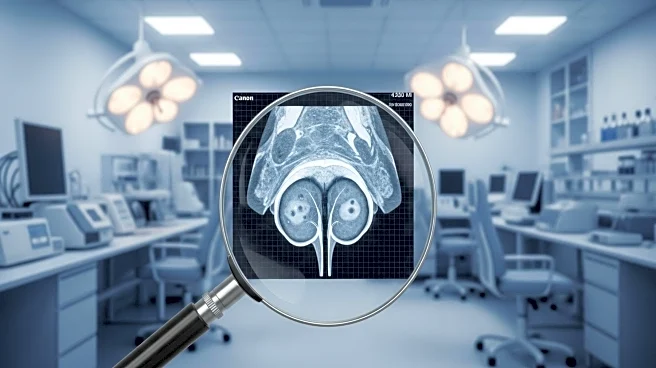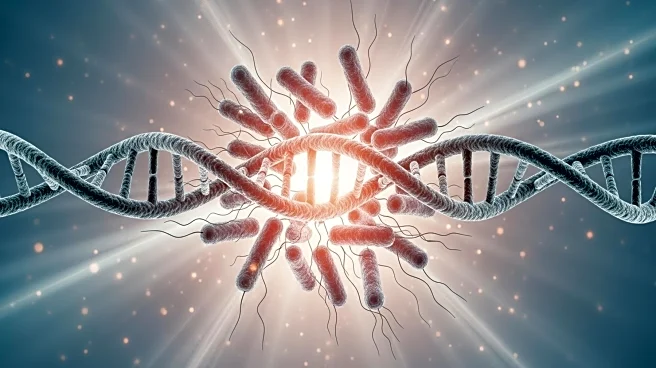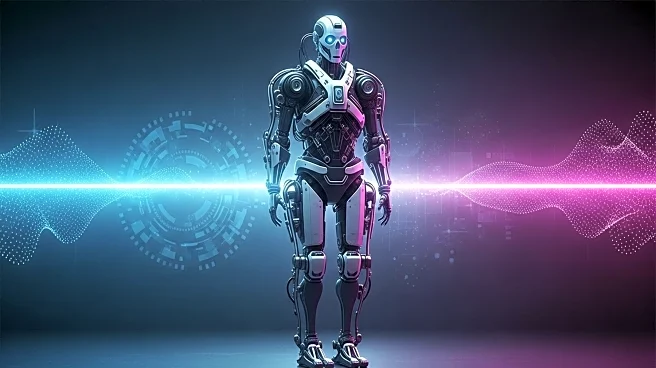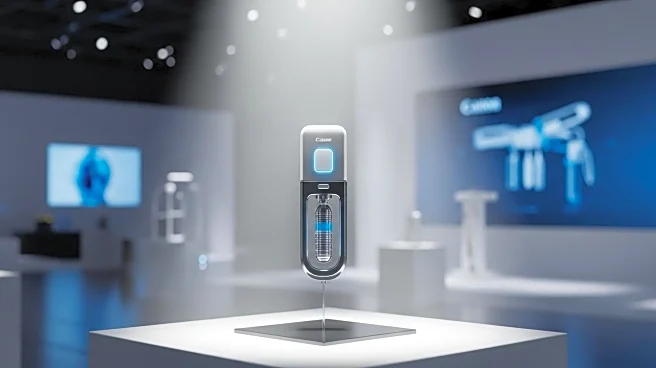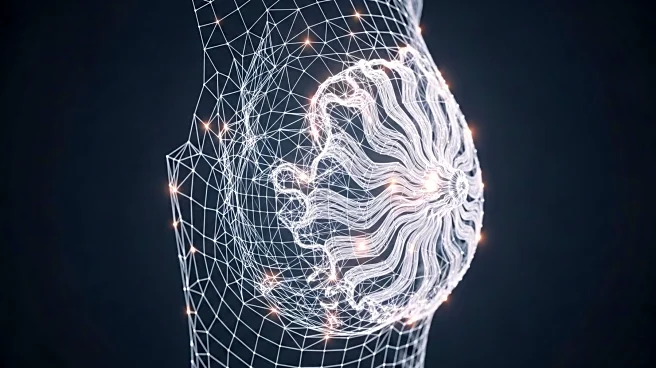What's Happening?
An AI model has been developed to detect subtle morphological changes in tissue biopsies that indicate clinically significant prostate cancer before it becomes histologically apparent. The study, published in Nature, involved 213 patients and demonstrated the AI's ability to identify cancer signs missed by pathologists in over 80% of samples. The model showed high sensitivity and specificity, highlighting patterns such as stromal collagen and altered glandular epithelial cells in patients who later developed prostate cancer.
Why It's Important?
The AI tool represents a significant advancement in prostate cancer detection, potentially improving early diagnosis and treatment outcomes. By identifying cancer signs that are not visible to pathologists, the tool could enhance clinical decision-making and reduce the risk of missed diagnoses. This technology could lead to more personalized and timely interventions, ultimately improving patient survival rates and quality of life.
What's Next?
Further validation of the AI model is needed to confirm its effectiveness and integrate it into clinical practice. If successful, the tool could be used as a complementary screening step, aiding in the early detection of prostate cancer and informing follow-up strategies for patients with benign lesions.
